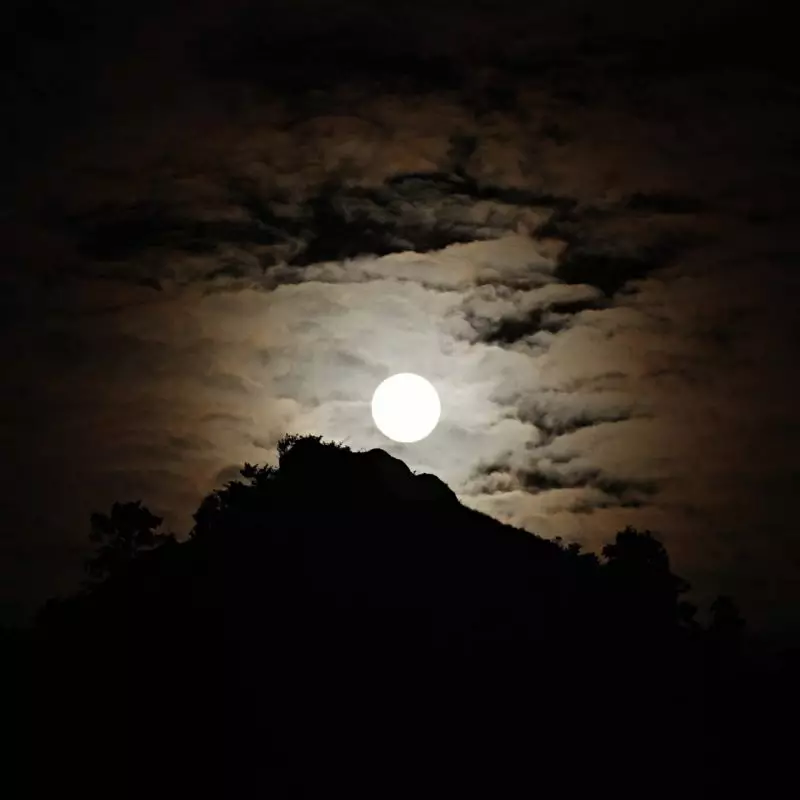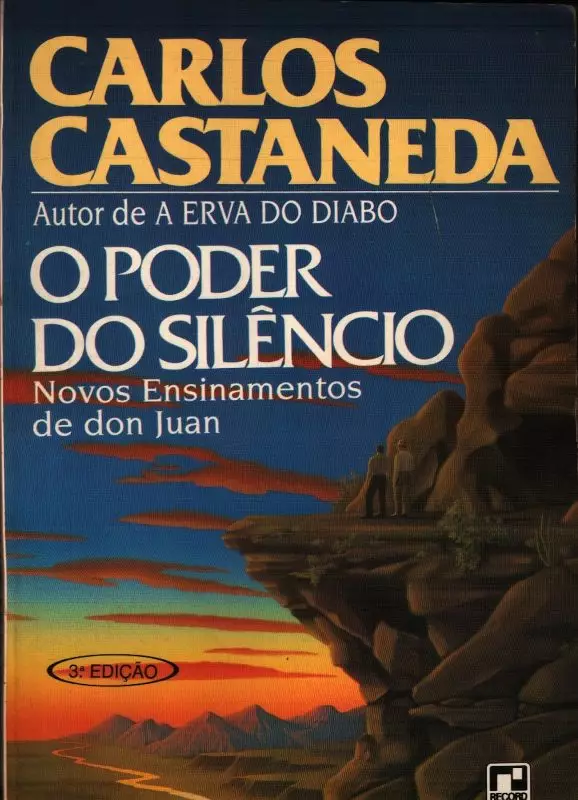“Don Juan related that, during the course of his nightly excursions to the mountains, nagual Julian had given him extensive lessons on the nature of personal importance and the assemblage point’s movement. For nagual Julian, personal importance was a thousand-headed monster, and there were three ways to confront and destroy it.
The first way consisted of cutting off one head at a time;
the second was to reach that mysterious state of being called ‘the place where there is no pity,’ which annihilates personal importance by slowly starving it to death;
and the third way was to pay for the instantaneous annihilation of the thousand-headed monster with the symbolic death of oneself.
Nagual Julian recommended the third alternative, but said that Don Juan could consider himself fortunate if he had the opportunity to choose. For it is up to the Spirit to decide the path the sorcerer will take, and it is the sorcerer’s duty to obey.” (The Power of Silence)
Why a thousand-headed monster?
Because Self-importance is the attachment to our personal self,
out of pity or vanity,
and the forms this attachment takes are many:
fear of rejection, depression, arrogance, jealousy, pride, greed, condescension, fanaticism, pettiness, virtuosity, indulgences, rationality, concessions, cruelty, guilt, condemnation, cynicism, moralism, attachment to my money, my career, my country, my religion, my gender, and so on.
All governed by the same basic fear, which is the fear of the death of the personal self, which likewise stems from the attachment to the personal self.
Attachment to the personal self is the compulsory force created by our collective consensus.
And this also includes the attachment to the idea/image of oneself as warriors and spiritual seekers.
It is a personal image we cling to,
an image that strengthens and diminishes the importance of other images.
What truly exists is not a brave warrior confronting an insane monster, but rather a struggle of the monster with itself, a war between the heads of the same monster, fragmentation within our being.
The first method is a slow process, but necessary for most of us.
In great warriors, after years of hard work on the first method,
the number of the monster’s heads is greatly reduced,
but a multitude of other heads still remain, in addition to some new ones that have been born.
And no matter how much one fights, self-importance will always remain in the end
as long as the attachment to the idea of oneself as the achiever of the process, as the warrior or walker who is evolving on their path, persists.
Given this, sooner or later, the warrior comes to the understanding that the solution can only be
in ceasing to emphasize their personal feelings as a whole.
And this impasse is only reached after much struggle and active observation/stalking of oneself.
This understanding is what leads them to apply the second method and to directly intend non-pity towards themselves.
And when the second method is applied, and one insists on it for long enough,
the monster begins to starve and immediately attacks us in search of attention.
And it is important to emphasize that the monster, which is created by the inorganic mind of the flyers and sustained by our attention and our emotional reactions, knows our blind spots like no one else and knows how to press the right buttons to make us react.
But if the warrior maintains impeccably in their neutrality, the monster begins to disappear.
And simultaneously the warrior themself begins to disappear!
Not literally, but in the feeling of being something separate from everything else.
To overcome this barrier of attachment to oneself, it is then necessary to apply the third method:
the symbolic death of the personal self.
For when seen with care and attention, it does not actually exist. It exists only in the attachment one has to it.
Only in the story that one constantly retells to oneself.
It is merely an idea, a symbol, and a symbol can only die symbolically.
And when the idea of self dies, the monster also dies, and vice versa.”
(Jeremy Christopher)

